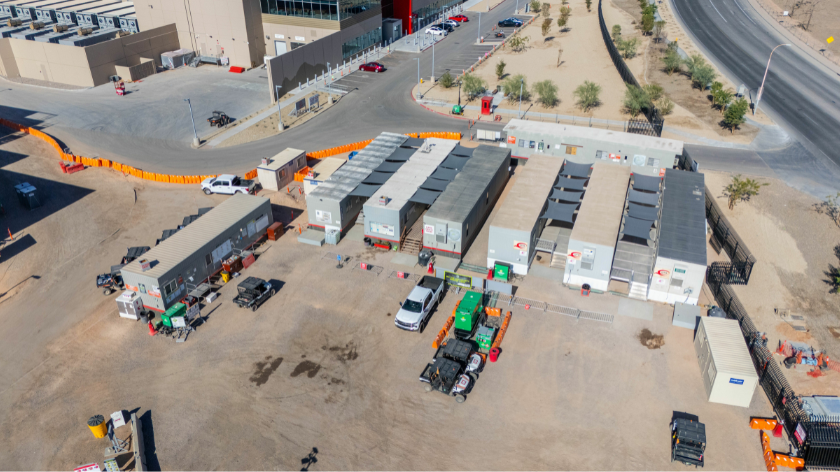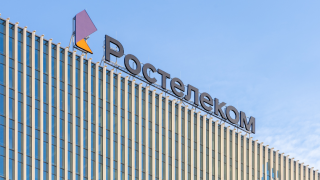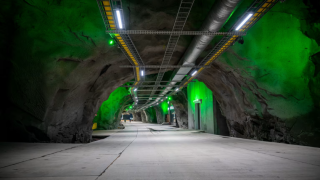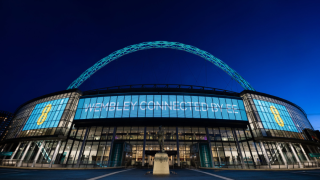The surging demand for digital services — spanning everything from cloud computing to AI workloads — has triggered a construction boom in the data centre industry, as companies race to expand capacity to meet insatiable global needs.
Microsoft, for instance, plans to invest $80 billion in AI-focused data centres in 2025 alone, with half of that sum allocated to projects in the US. Similarly, Japan’s SoftBank has ambitions to pour $100 billion into AI infrastructure across the US over the next four years.
This explosive growth is reflected in the projection that the data centre market could skyrocket to a valuation of $483 billion by 2029, according to estimates from DLA Piper and TMT Finance.
Yet the scale of this investment comes with significant challenges. Data centres are notoriously resource-intensive, consuming vast amounts of energy and occupying substantial physical space.
The Jack Kemp Foundation, a US think tank, estimates that a single ChatGPT query demands roughly 10 times the energy of a standard Google search, with escalating demand potentially pushing energy bills for consumers and small businesses up by as much as 70% within the next five years.
Capacity examines how data centre operators and construction firms are navigating the twin pressures of scaling up quickly to meet demand while ensuring their projects are built sustainably.
Join us for Datacloud Energy & ESG Europe
Living in a material world
An increasingly common train of thought is that the operation of data centres is the leading cause of a site’s energy emissions. However, the construction of new facilities can be just as dirty as their operation.
The steel used in data centres is largely derived from iron ores, created using a process known as blast furnace-basic oxygen furnace, or BF-BOF, which traditionally uses coal-burning furnaces.
There’s also concrete, made from cement, which uses massive kilns powered by vast amounts of fossil fuels. Figures from architecture firm Gensler suggest that for data centres, concrete can represent up to 80% of a site’s embodied carbon emissions.
Dale Crawford, executive director at the Steel Tube Institute, told Capacity that as a data centre’s lifespan can be as short as seven to 10 years, developers need to be wary of the materials they employ to get an accurate assessment of a site’s sustainability.
“Only 15% of wood waste is recycled, but 98% of structural steel is reused or recycled at the end of a building’s life, with no degradation to its quality or alloy,” Crawford says. “Likewise, steel conduit is easy to separate and is the most recycled material in the world, with 60 to 80 million tons of steel scrap recycled every year.”
On the concrete side, companies like Eco Material Technologies use pozzolans, or finely powdered cement replacements, to offer concrete mixes with greatly reduced carbon. The company takes waste products like fly ash from coal plants, treats them using its ES Efficient Carbon Offloading (ECO) System, and then uses them to make high-strength, durable cement that features far less carbon than traditional Portland cement.
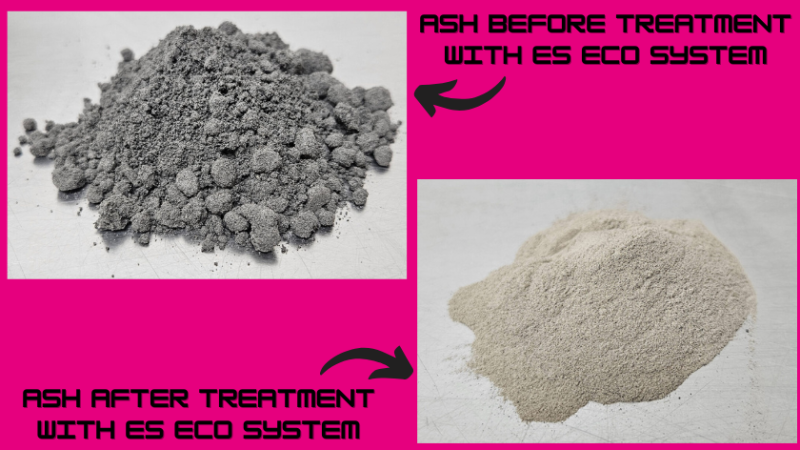
Eco Material’s products feature in around half the data centres built in the US and are being used in the construction of projects like TSMC’s new chip plant in Arizona, SpaceX launch platforms in Texas, and Samsung battery and semiconductor fabrication facilities in Taylor, Texas.
Grant Quasha, CEO of Eco Material Technologies, says that some companies have “jumped in with two feet” into the finer details to try and lower the emissions intensity of these build structures.
Quasha explains that while some construction firms were “ambivalent” as to the contents of the concrete, developers and end users like those in the data centre space are conscious ones looking intently into their supply chain.
“Companies like Meta have groups that are testing all these advanced materials in these different recipes to determine the optimal mix design to create their data centres,” he adds.
Environmentally conscious data centre new builds can apply products like Eco Material’s green cement, PozzoSlag, to provide a 50 to 60% replacement for cement and concrete, effectively doubling the emissions savings compared to using traditional supplementary cementitious materials.
Quasha reveals that Eco Material’s PozzoSlag is about the same price as Portland cement, yet results in far less carbon being produced during construction.
Tackling Scope 3 emissions with smarter designs
One data centre operator that is actively conscious of its Scope 3 emissions—those generated not by the company itself but through the supply chain—is Compass Datacenters.
Nancy Novak, Compass’s chief innovation officer, says it is critical for the firm to look at the environmental impact of its entire supply chain and not solely the operations of a site.
“The built environment, which is everything dealing with the construction world, is nominally 45 to 50% of all greenhouse gas emissions around the globe,” Novak explains. “Of that, somewhere in the region of 12 to 15% of it is just delivering a project, with the rest maintaining, operating and upgrading the facilities.
“In the data centre industry, it's like painting a ship — every three years, you’re rescaling, upgrading, and by the time you’re turning over the last data spaces, you’re already starting to refurbish and upgrade with the new technologies.”
As part of its efforts, Novak and the team at Compass have been meticulously trying to measure the Scope 3 part of their facilities, an approach that led to an 18 to 19% sustainability improvement by making changes to off-site practices.
“We're diving deep into every one of our supply chain partners and looking into their practices so we can track our carbon footprint, and then comparing it to industry standards to be able to empirically say, this is where we’re at, and here’s where we can improve, and here’s why it’s so much better than doing it in a traditional way.”
Further to Compass’s sustainable efforts, Novak emphasises the importance of off-site manufacturing and a component-based prefabrication approach.
By leveraging its supply chain, Compass can create highly customisable modularised data centre designs tailored for manufacturing, thereby improving overall environmental performance compared to traditional stick builds.
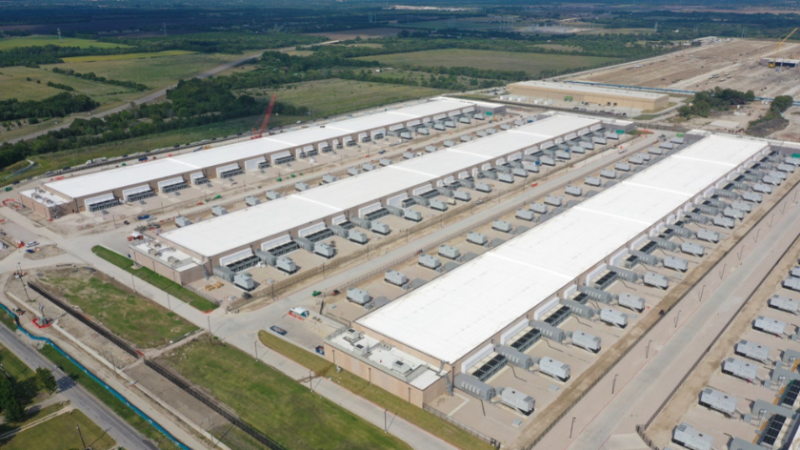
Novak explains: “When you look at our designs, we have the entire equipment yard, from our air walls, including our hybrid air walls which are both water and air, as well as our generators, power centres and our entire structure, along with our plenums, to take things into an off-site environment.”
Sustainability goes beyond simply focusing on equipment, however, with Novak emphasising a holistic approach to designs. Bringing together a diverse team helps push designs even further.
“This holistic approach gives us a more diverse workforce, a safer workforce, and a higher-quality workforce,” says Novak. “And because of the repeatability in the major mechanical, electrical and plumbing spaces in a data centre, you have a cost reduction from economies of scale. That’s the biggest strategy Compass has had, and it’s been super-successful with our closely coupled supply chain.”
Keeping it cool: The role of air systems
Some data centre sites rely on air cooling over liquid to keep down the massive amounts of heat generated by constantly running servers.
According to Vertiv’s guide to data centre cooling systems, the ideal operating temperature for these facilities typically ranges between 70 and 75°F (21 and 24°C).
To keep temperatures under control, Tony Abate, VP and CTO at AtmosAir Solutions, says operators need to employ efficient and sustainable heating, ventilation and air conditioning (HVAC) technologies.
“Data centres must bring in substantial amounts of outside air to cool buildings and prevent ‛fatal heat’, which can damage components and lead to failure,” Abate told Capacity. “This outside air needs to be filtered to remove dirt, pollen and combustion pollutants — particulates that can accumulate on equipment filters and heat sinks, reducing cooling efficiency and increasing operating temperatures.”
One solution Abate highlights is bipolar ionisation (BPI), a relatively new air-cleaning technology that could help prolong the life of data centre equipment.
Abate explains: “These systems neutralise static charge, which can harm sensitive electronic equipment, and reduce the amount of outside air required. This lowers energy usage and greenhouse gas emissions, making data centres more environmentally friendly.”
Additionally, BPI technology improves indoor air quality by keeping the air inside facilities pristine. “BPI tubes help ensure facilities operate at full proficiency, protecting electronic equipment while minimising HVAC energy use, which can otherwise increase greenhouse gas emissions,” Abate adds.
Sustainability in action: Lessons from LuxConnect
One European operator putting sustainability at the forefront of its facilities is LuxConnect, a Luxembourg-based data centre firm.
The operator has an unorthodox structure compared to most other data centre operators, in that it was created by the Luxembourg government — but while it’s state-owned, it’s a privately managed company.
Paul Konsbruck, CEO of LuxConnect, told Capacity that this hybrid model has enabled it to prioritise sustainability projects without the same short-term profit pressures faced by private operators.
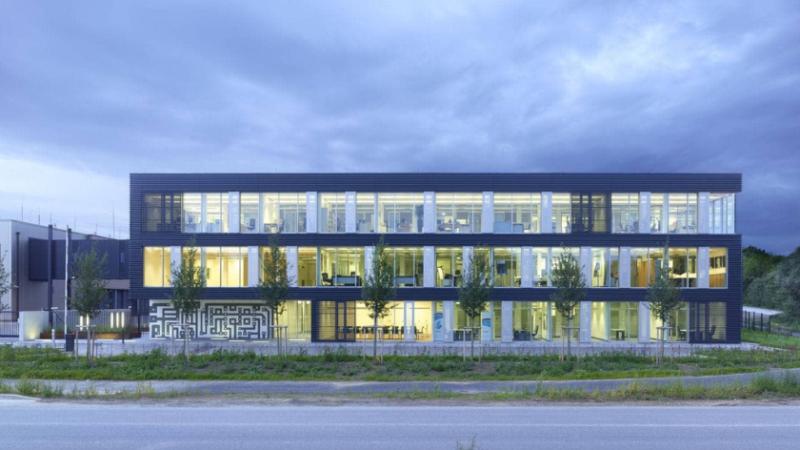
From the outset, LuxConnect has exclusively used renewable energy to power its facilities, sourcing its electricity predominantly from Nordic countries like Finland and Norway, including hydroelectric and wind power, as part of its ‛low-to-no-footprint’ policy.
But instead of focusing solely on switching to renewables as a way to make data centre sites greener, Konsbruck says even something as simple as bringing down the temperature of server rooms by a degree or two can “significantly reduce” energy consumption.
The team at LuxConnect has also been working to get creative with reducing waste heat, turning a by-product into a valuable resource.
For example, the firm has partnered with local developments to repurpose waste heat for nearby projects, such as heating upcoming elderly homes and apartments. The operator also uses Kiowatt, a nearby cogeneration plant, to turn waste wood from furniture into electricity.
Konsbruck explains: “The plant burns waste wood, so heat which is usually released into the atmosphere is instead injected into the power grid of the nearby business area, part of the heat generated by the turbine is used to dry fresh wood for wood pellet production, then 65% of the remaining heat is turned into cold water, which is then transported via an underground network back into the data centre.”
It’s a complicated process, but one of which the CEO says LuxConnect is proud, given it reduces Luxembourg’s total CO2 emissions by an estimated 27,000 metric tons per year, as well as saving the operator some money.
Konsbruck says efforts at LuxConnect demonstrate that data centre sustainability and profitability are not mutually exclusive, with the firm keen to lead by example.
“If you want to convince other actors in the market to be as sustainable as possible, you should start yourself,” he says. “We will continue to do so also to show others that it is actually possible to be profitable on the one hand but also have a strong commitment to sustainability on the other hand.”
RELATED STORIES
$500bn Stargate Initiative: The key to solving AI infrastructure and cooling challenges?
Bridging the gap: How the energy and data centre worlds can collaborate
